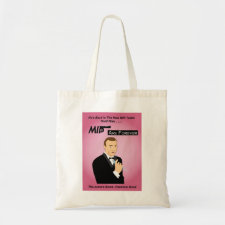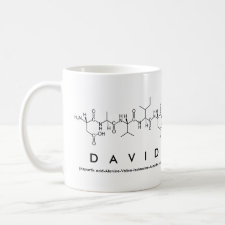
Authors: Spivak DA, Simon R, Campbell J
Article Title: Evidence for shape selectivity in non-covalently imprinted polymers.
Publication date: 2004
Journal: Analytica Chimica Acta
Volume: 504
Issue: (1)
Page numbers: 23-30.
DOI: 10.1016/S0003-2670(03)00946-2
Abstract: The existence of shape selectivity in non-covalent molecularly imprinted polymers (MIPs) has been proven using molecular probes. Twelve secondary amines with different sized side chains were imprinted, and enantioselectivity evaluated by HPLC for each amine on each imprinted polymer. Trends in the quantitative structure-binding relationships (QSBR) revealed two major contributions of cavity structure on selectivity afforded by molecularly imprinted polymers. First, sterics play a dominant role in cases where a molecules structure is too big too fit into an imprinted site formed from a smaller template molecule; e.g. on MIPs made with small templates, large analytes give separation factors (alpha) close to 1.0 (no selectivity), while small analytes give a values of 1.4. Second, molecular structures that are equal to or smaller than those of the template molecule are selected by maximizing Van der Waals interactions within the MIP binding site. Thus, MIPs made with large analytes give a values up to 2.5, while small analytes on the same MIPs give a values closer to 1.1. Template structure also has an effect on MIP enantioselectivity; e.g. branched structures exhibit a 1.7-fold improvement in separation factors (alpha) by MIPs made for isopropyl versus propyl derivatives, and cyclohexyl versus hexyl derivatives. Full details of these trends are provided in the text. (C) 2003 Elsevier B.V. All rights reserved



Join the Society for Molecular Imprinting

New items RSS feed
Sign-up for e-mail updates:
Choose between receiving an occasional newsletter or more frequent e-mail alerts.
Click here to go to the sign-up page.
Is your name elemental or peptidic? Enter your name and find out by clicking either of the buttons below!
Other products you may like:
 MIPdatabase
MIPdatabase









